Project Name: Mi Cocina
Location: Dallas, TX
Lighting Designers: Essential Light
Architect: Droese Raney Architecture Inc.
Photography: Fredrik Broden
Products: Stenos Micro-Optic Downlights, LineLED (LL) Strip Light Series
In 1991, a group of Dallas businesspeople joined together to develop a new idea in traditional Mexican restaurants. They opened Mi Cocina (My Kitchen) in the Preston Forest neighborhood of Dallas, Texas to serve as a distinctly upscale Tex-Mex restaurant with the finest, highest quality ingredients and warm, friendly, and professional service. As word spread and loyal customers grew, a second location in Dallas opened in Highland Park Village just two years later, and a Tex-Mex restaurant legend was born. Mi Cocina is owned and operated by M Crowd Restaurant Group.
Mi Cocina hired the Lighting Design team at Essential Light Design Studio to illuminate one of its most important locations. Jacob Gerber, Robert Mapes, and Jill Klores with Essential Light led the project as well as Lance Raney (Architect at Droese Raney) and Christine Howitt (Interior Designer at Droese Raney).
Read our interview for an insider look at the fine dining establishment, along with a pro tip from lead designer Jacob Gerber himself.
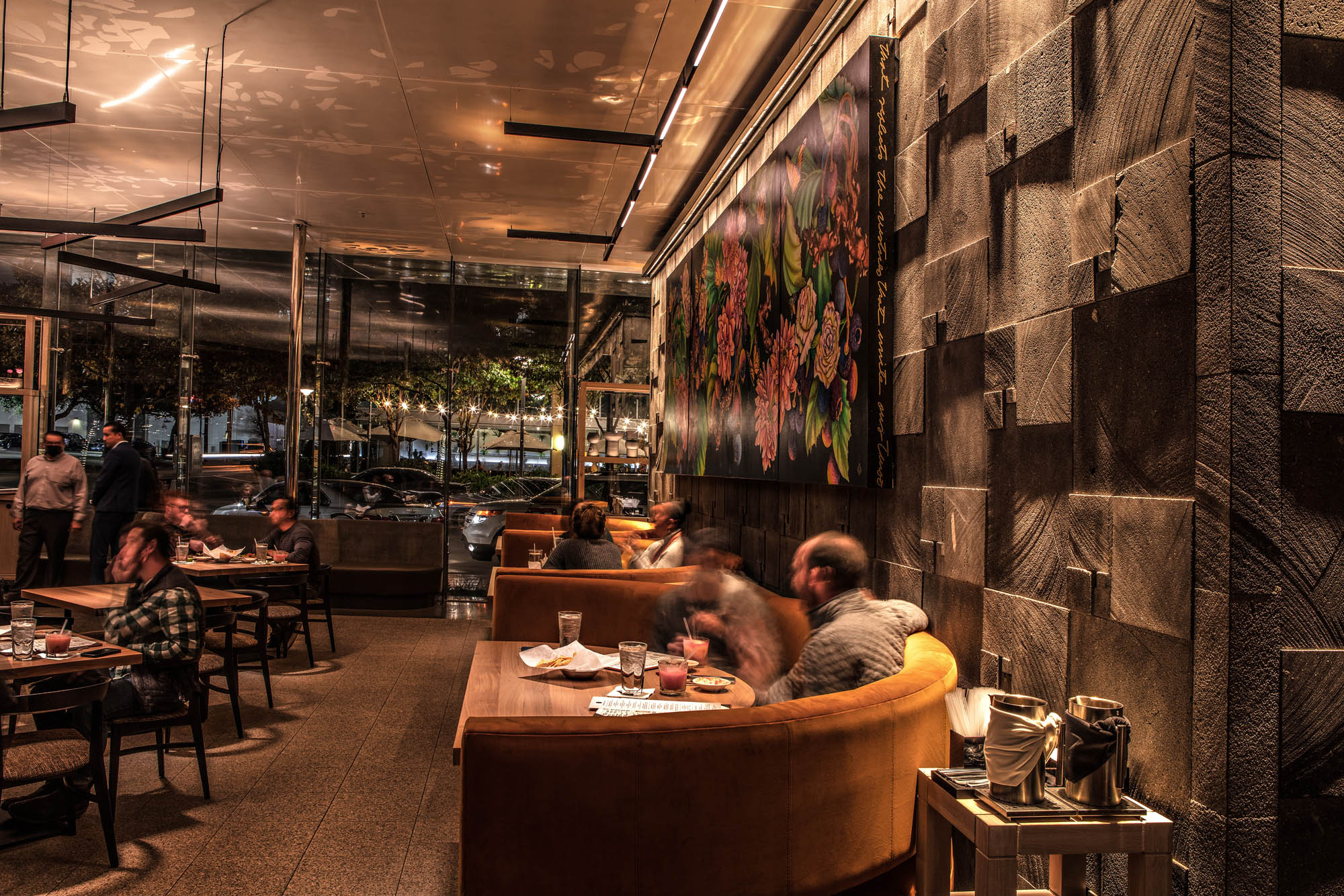
What inspired you to pursue a career in lighting?
The ability to enhance our built environment. Space is revealed by the play of light and dark – the highlights and the shadows. Light is an ethereal element that you cannot see directly or touch, but its power over our perception of space is unequaled. This ability to reveal, enhance, and shape our built environment is what brought me to a career in lighting design.
Can you walk us through your career path?
I received a Bachelor of Science in Interior Design from the College of Architecture at the University of Oklahoma in 2003. As part of my design education, I was introduced to lighting design and visited a lighting design firm in Dallas. As soon as I saw their work, I knew I wanted to work in lighting design. I interviewed at that very same lighting design firm and joined the team in 2003. The work at this firm was focused on high end residential, boutique offices and boutique hotels. In 2007, I switched my focus when I moved to Lang Lighting Design, concentrating on high end hospitality projects, conference centers, and exceptionally large 1000-room hotels.
And then you joined Essential Light Design Studio?
Yes, in 2015 I pivoted again to join the Essential Light Design Studio team. Here I have been privileged to work on wide variety of projects including corporate offices, hospitality, healthcare, civic, parks, public art, restaurants, performing arts centers, and educational facilities. Having the ability to work on a wide range of applications is invigorating and I find there is tremendous cross-pollination of ideas across lighting applications. I also enjoy and embrace the challenges and opportunities that touch our industry today such as sustainability, light and health, light and the environment, and lighting and social justice.
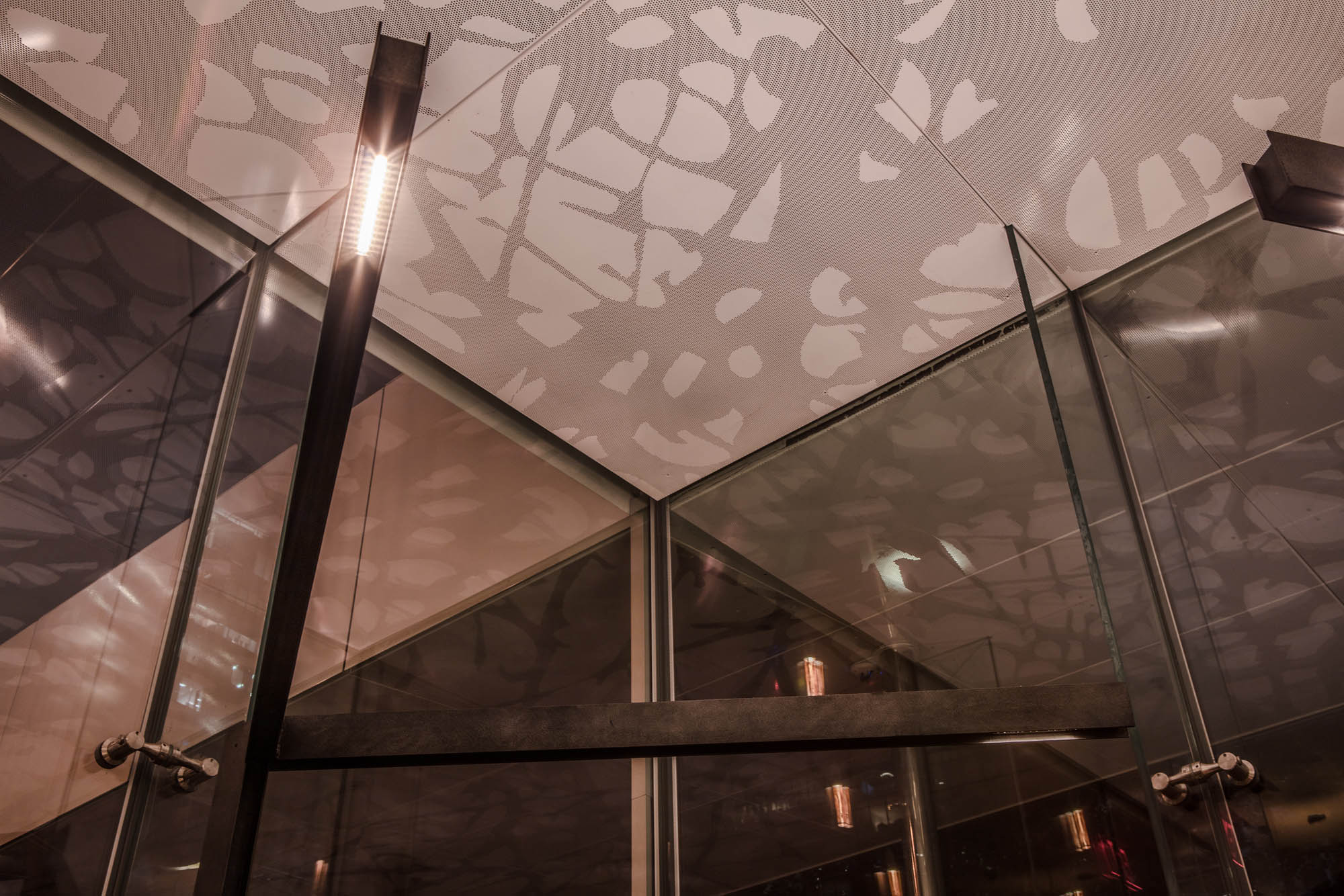
In a word, how would you describe your approach to projects?
Understanding the vision of the architect and owner is key to a successful project.
Can you tell us about people or applications that have inspired you along your journey?
I’ve had some amazing lighting design mentors throughout my career including Curtis Liberda, Andy Lang, and Jill Klores. I have learned so much from all these designers that I incorporate into my practice.
Tell us about a project where you used Luminii products.
We completed a project in November 2021—Mi Cocina at Klyde Warren Park in Dallas, Texas. It was a restaurant looking to refresh its appeal with a casual dining area in a park setting near the arts district in Dallas.
Tell us about the techniques you applied to bring the Mi Cocina project vision to life?
The existing structure had been two different restaurants in the past. The ceiling was a leaf-and-branch patterned, perforated metal. For cost and material savings the ceiling was to be kept and no new penetrations for light fixtures or other systems were possible. Our team was challenged with lighting the restaurant from other elements in the space. We were inspired by the perforation pattern to introduce “tree branch” lighting elements both suspended from the ceiling and supported by the furniture around the perimeter. These incorporate uplight components to highlight the ceiling perf pattern, and magnetically affixed microcell downlights that can be moved along the “branch” to spotlight each tabletop. A sawn Mexican lava stone, patterned with the golden ratio, is now applied to the central core creating the “inner temple wall.” The strong grazing of this black yet highly textured surface creates a focal point and draws attention from the park on one side, and the roadway on the other, through the surrounding glass walls, to the social energy inside.
What were your client’s goals for the space?
The owner was focused on providing an exceptional dining experience and environment. Their brand vision includes spotlights on each table to create a dramatic and intimate environment even when the restaurant is at capacity.
How did you apply Luminii’s products to achieve these goals?
Luminii’s STENOSTM fixture was the perfect candidate to use as the downlighting element in the custom floor lamp “tree branches.” The small size and great center beam candlepower provides the spot lighting the owner wanted while keeping the “tree branches” slim and not bulky. Luminii tape light was mounted to the top of each “tree branch” to illuminate the perforated ceiling and provide the ambient glow of the restaurant. We counted on the exceptional color quality, consistency, color rendering and low-end dimming thresholds of Luminii’s products. Luminii tape light was also integrated into the upper portions of millwork units and furniture pieces to round out the uplighting coverage, and to illuminate decorative objects displayed.
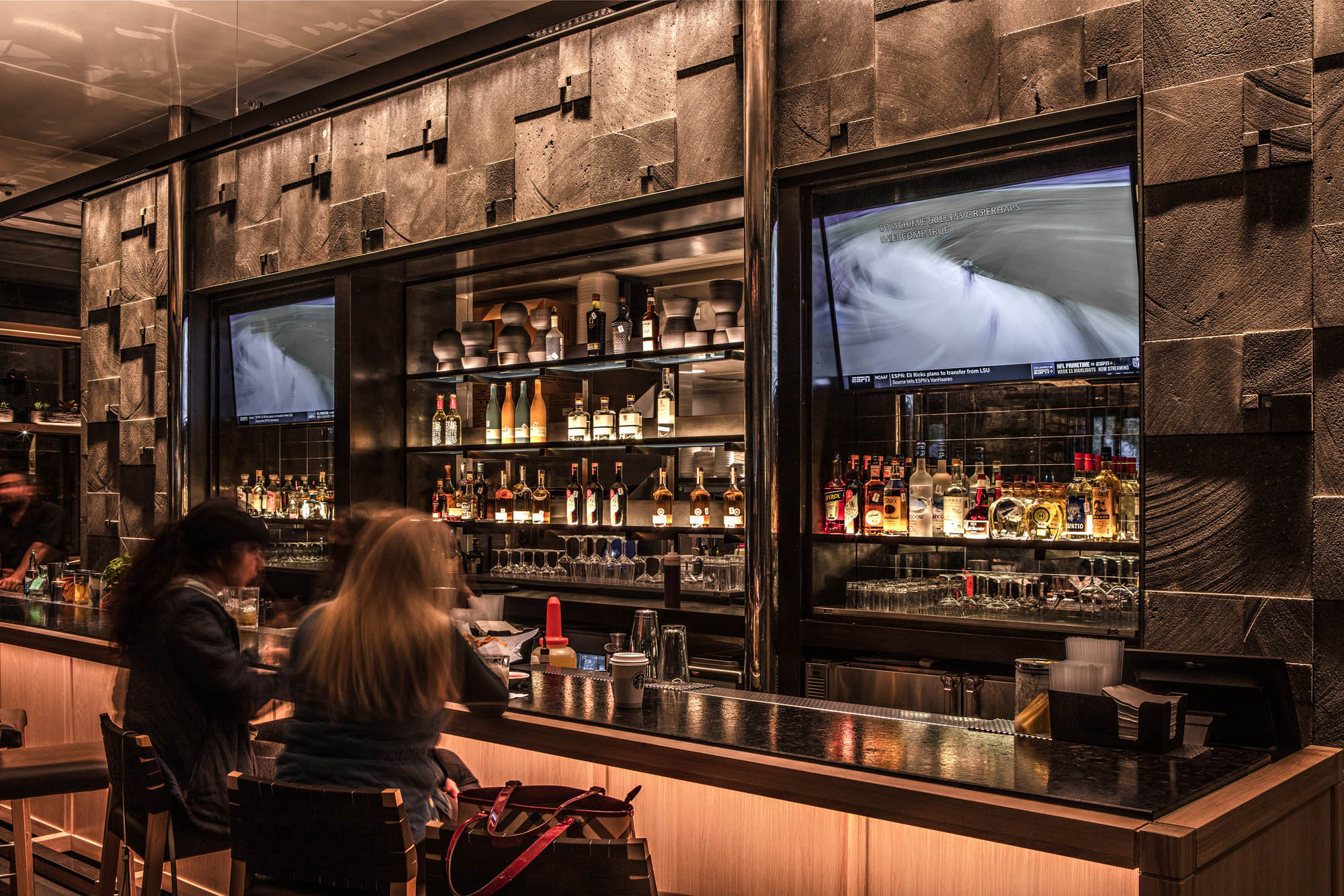
What challenges did you face and how did Luminii help you overcome them?
The restaurant had a very tight construction timeline during the pandemic, and Luminii was able to meet the lead times needed to keep construction on schedule.
What makes this project stand out from others you’ve designed?
I love the way this restaurant feels. Softly illuminating the perforated ceiling panels and “temple wall” makes the restaurant glow from within like a lantern. The pin spots on the tables create a unique and dramatic dining experience.
What feedback did you receive from your client after completing the project?
The design and ownership teams were incredibly happy with the warmth and feel of the final project. This a unique location and design within their larger portfolio.
Which Luminii products did you use for this project?
We used several Luminii products including the STENOS fixture, raw tape light, and tape light with extrusions and lenses.
Tell us more about the product specifications you required to achieve your goals?
The STENOS fixture suited our purposes well because of its small size, adjustability, optic distributions, and remote driver options. The louver option was an excellent addition to significantly block the view to the source and concentrate lighting on the tables below.
Other details that led you to specifying Luminii? Availability? Unique product details?
Luminii has always provided excellent color quality and consistency as well as consistent on-time delivery and superior dimming performance without flicker! The “without-flicker” aspect is a huge consideration in a restaurant environment.
How did you determine the ideal lighting product for this project?
We thought about lead time, low end dimming quality, color quality and color consistency.
What do you enjoy most about using Luminii’s product line?
I get consistently impressive results using Luminii’s products, and very importantly I get great service from our regional salesperson and the rep agency. This service is so important. Luminii is a factory I can count on.
What are your thoughts on the micro-optics product category?
I really like this product line and find it especially useful for tight spaces that need a nice punch or accent.
What else would you like to see in the STENOS product range in the future?
The new optical lenses and deep regress snoots are phenomenal, I’m excited about those. I would like to see round and square form factors still using these micro-optics, a square where each quadrant is individually adjustable.
How would you describe your experience working with the Luminii team?
Luminii has always provided great customer service to us. Fortunately, we do not run into many issues with Luminii products. We use them quite a bit, so inevitably something comes up. It is the way Luminii manages the issue – quickly and efficiently, keeping our customer happy and minimizing the time we must spend troubleshooting and rectifying the issue.
What sets Luminii apart from other lighting manufacturers?
Luminii is very specifier friendly. The website is simple to navigate, specification sheets are well populated with technical data. The TM-30 data is shown clearly as well. The product is well designed and engineered and easy to specify.
What would you say is your favorite Luminii product (or products) and why?
The tape light line (with extrusions and lenses) is a staple on many of our projects because of the color quality, consistency, and dimming performance.
How do you determine the best lighting solution for your client projects?
Wow, what a big question. The project will dictate many requirements like budget, schedule, architectural constraints, etc. and we look for the right product with the right performance for the right price.
What’s your secret to making spaces and objects look their best with light?
Lighting, just like all design, allows the designer to create a composition to be explored with our own bodies. Analyzing how guests will perceive a space and how to move people through a space helps to create a lighting composition of special moments.
What are technical factors lighting designers should keep in mind when illuminating spaces?
There is so much more to lighting design than just footcandle levels. Using lighting to create mood, impact, and focus is crucial in creating beautiful and enjoyable spaces.
Contact Details
- Business Name: Essential Light Design Studio
- Business Address: 3027 Clover Street, Dallas, Texas 75226
- Website: www.essentiallight.com
- Phone: 972.415.8655
- Email: jacob@essentiallight.com; jill@essentiallight.com; robert@essentiallight.com
- Social Media Handles: @essential-light; LinkedIn: Essential Light Design Studio
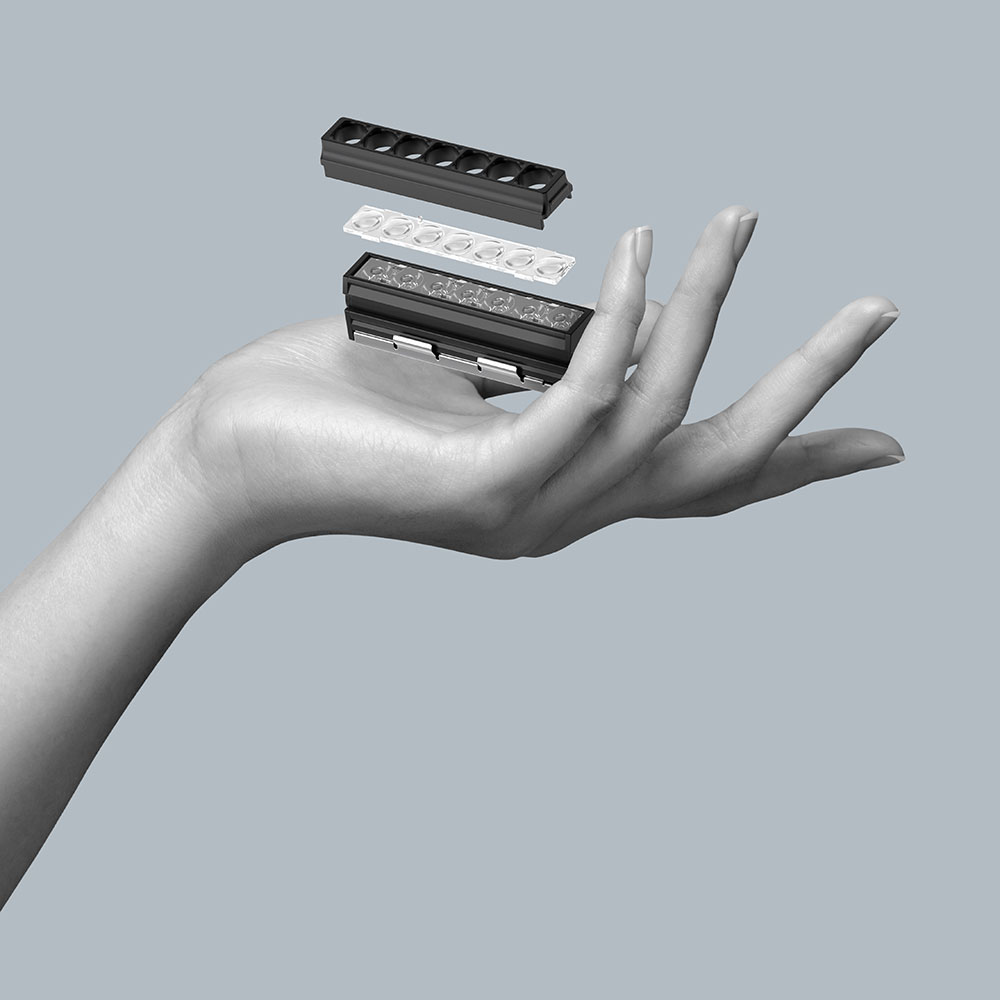
STENOS DOWNLIGHTS FAST FACTS
- Available in four profiles: 1”(25mm), 3”(75mm), 5”(125mm), 12”(300mm) and outputs
- Perfect color and beam quality from a unique micro-optic form factor
- Narrow 15° TIR native beam is aimable +/- 30°
- Up to 1200 Lumens
- Single bin sorted LED provides industry-best color quality.
- Downlights are a Constant Voltage design
- Multiple downlights can be operated from a single power supply
- This means a simplified installation and cost savings
- Magnetic retention for interchangeable optics in the field*
- CCTs: 2700K, 3000K, 3500K, 4000K
- Finishes: Black and White painted
- Title 24 Compliant, UL wet location rated, IC rated
- Life: 72,000 hours L90
- Warranty: 5 years
Visit: https://www.luminii.com/info/stenos/ to learn more.




